-
Posts
407 -
Joined
Content Type
Profiles
Forums
Gallery
Events
Posts posted by Bitao
-
-
-
1 hour ago, Tony Hunt said:
If it wasn't for the missing deck I would happily go to sea in this boat.
That would be very unsafe. Because there's no hermetic sealing ...

- mtaylor and Retired guy
-
 2
2
-
3 hours ago, druxey said:
Usually the nibbed waterway is flush with the deck planking. Is this not so on Gemma?
3 hours ago, druxey said:Usually the nibbed waterway is flush with the deck planking. Is this not so on Gemma?
Thank you for your attention. Actually, I'm just as confused as you are. But GEMA's drawing was in many ways incoherent, my English was poor, and I didn't have much information to use, so I had to refer to the winner's work, and in order to do that, it took me a lot more time to work out the details. I don't think it's going to affect the drainage down there, because the deck is very curved.
- Retired guy, mtaylor and Keith Black
-
 3
3
-
3 hours ago, Hubert Boillot said:
I pressed the « like » button only in your last post, but it’s just laziness from my part, because all your posts deserve the « like »
 ... Impressive woodworking and metalsmith talent ! I am in awe !
... Impressive woodworking and metalsmith talent ! I am in awe !
Absolutely love everything you have done so far. Keep it coming !
Hunert
Thank you for your attention。

-
10 hours ago, wefalck said:
What else can one do, but hit the 'like' button ...
Well, I still have a question: you seem to alternate between two different building rigs, why ?
So you can't just like it and not have any problems. Ha Ha! It works like this: the greatest use of the metal platform is to be able to adjust the angle of the hull at any time, such as in the laying of slats, while the wooden platform is relatively fixed, a stable, continuous support operation. Besides, the metal table is big and heavy, and the space in the house is very limited. My tools are scattered in different rooms, sometimes for convenience.
- Keith Black and Retired guy
-
 2
2
-
-
-
On 4/15/2020 at 8:12 PM, dvm27 said:
This is truly a boat in miniature. I deduce that the brass template in the third photo is a jig for laying out the nibbed joints of the margin plank. Each angle appears to be slightly different. Brilliant!
Hello. I take the common "Z" shape interface size to make the template, facilitates the accurate localization before the processing. Angle can be arbitrarily changed, the end line can be arbitrarily extended.
- mtaylor, JpR62 and Keith Black
-
 3
3
-
22 hours ago, wefalck said:
The guy must have unlimited access to brass ...
I think ,you must have mistaken brass for gold...😂
- Keith Black, Retired guy and mtaylor
-
 3
3
-
-
1 hour ago, wefalck said:
Nothing looks more like the real thing than the real thing: love the charcoal in the stove

If there is, it's burnt meat...

- FriedClams, mtaylor, BANYAN and 3 others
-
 6
6
-
-
Making accessories can make the sander multi-purpose。
- JpR62, Wacom, paulsutcliffe and 8 others
-
 11
11
-
Thank you for your attention and discussion. I won't answer all the questions because there's too much space. Make a brief description here: 1 The yellow cylinder is the limit slider. In order to prevent the production of manual planing force in the sliding process, and many parts need to be processed are effective stroke, under which there is a "thimble" needed to process parts, to prevent parts from offset processing. The left and right sides of the base are respectively provided with two adjusting screws for adjusting the tilt angle of the base slide block. 3 The idea is based on a hand planer, the model listed in No. 6 upstairs is not suitable; the Planer itself has two side panels that can be used to adjust height and push-pull time limits; 4 usually thin and long parts are machined, although it can be easily accomplished with accessories on a lathe, machining Polyhedra without power heads and indexing devices is extremely difficult, even if there are no accessories on the milling machine. And some deformations are uncontrollable, so using this design in special cases is a conservative approach.
-
-
Specially designed for the processing of slender masts. The base can be angled to achieve the desired taper. The dividing head can adjust the number of Polyhedra as needed, and can also be used to planing and cutting cylinder by hand.
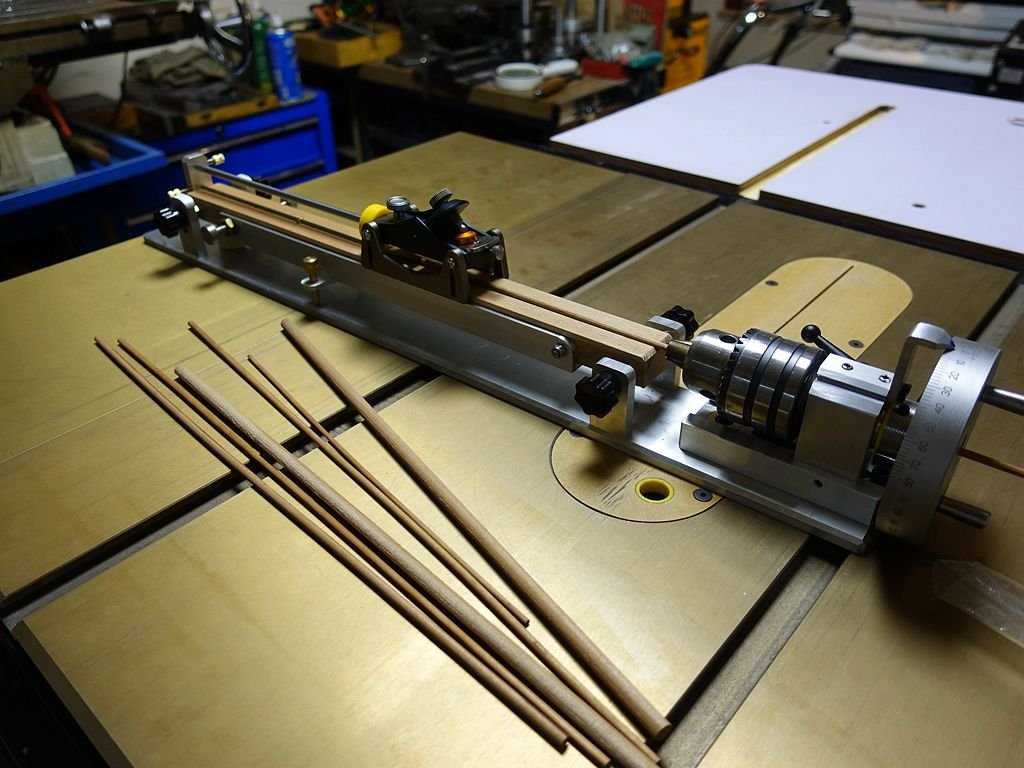
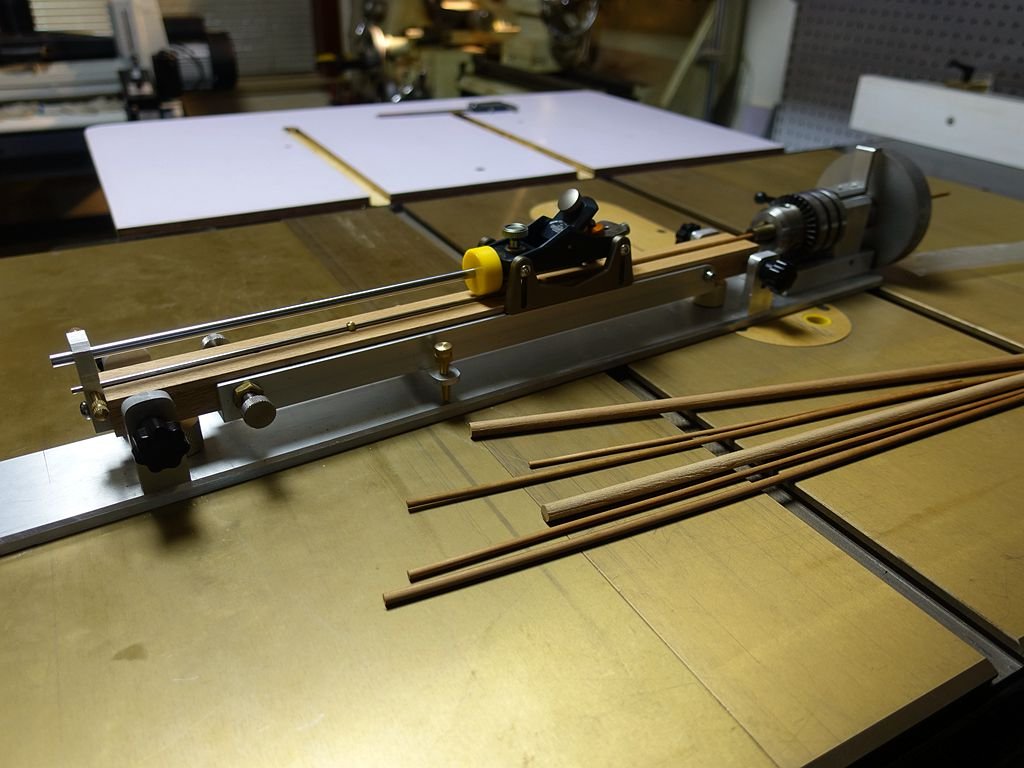
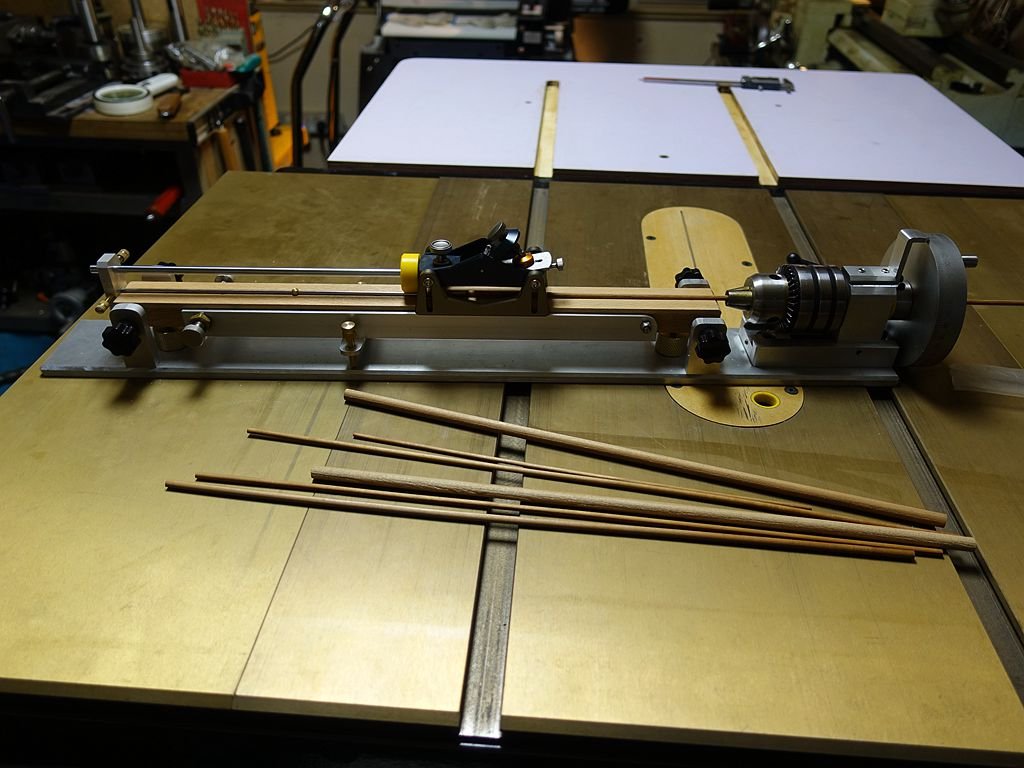
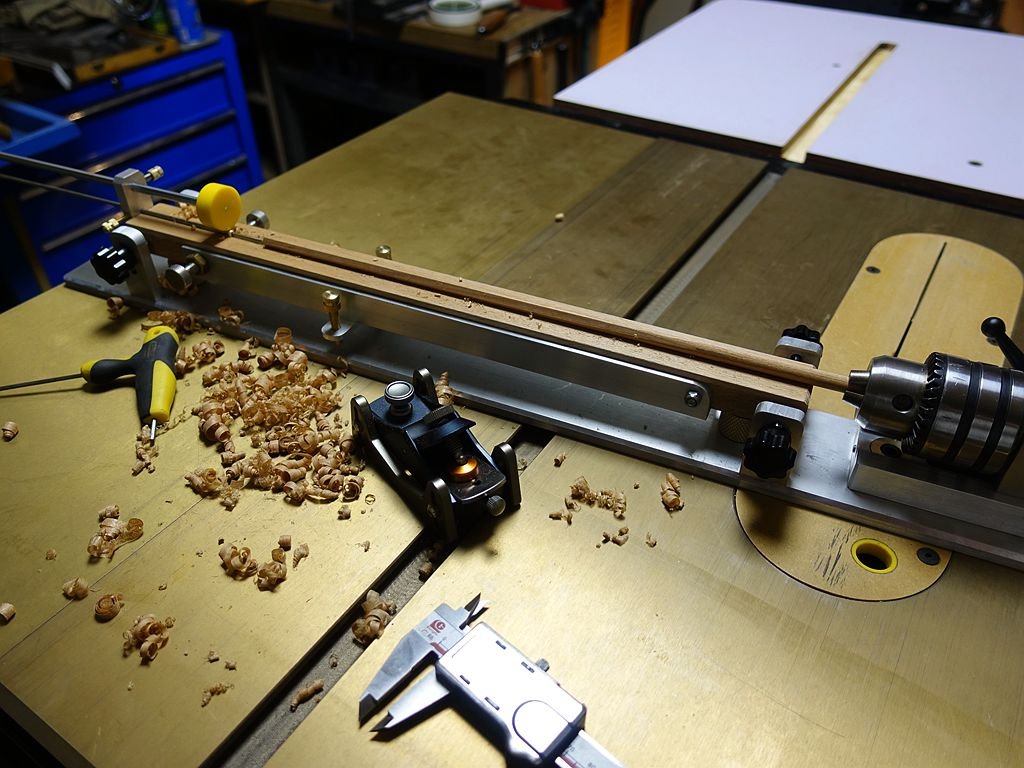
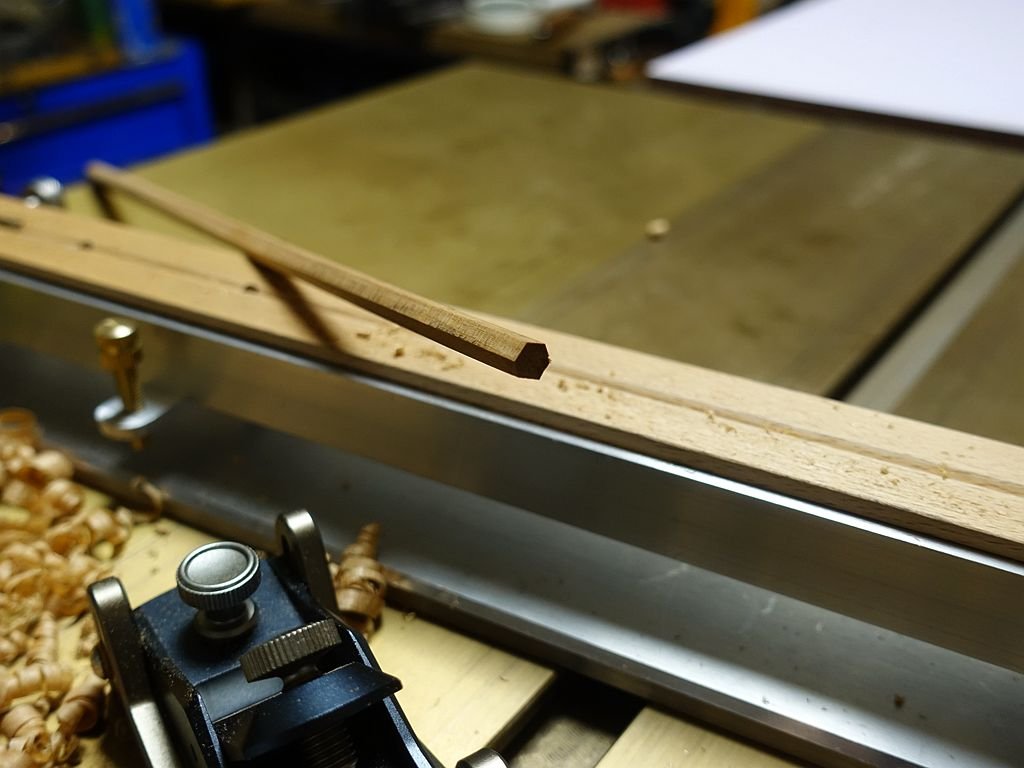
- usedtosail, Bob Blarney, Belco and 13 others
-
 16
16
-
-
Use for making rope cake. Different specifications of diameter and center hole, height, just to replace the head can be.
-
3 hours ago, paulsutcliffe said:
Stop teasing us, where can I buy one???
Thanks
I don't think there's anything for sale. I'll just have to make it myself. It's about meeting my own needs, and it's also about demonstrating my own design philosophy. Because I have a bigger milling machine, the only dividing head has been bought by a friend of mine. . .
-
-
Miniature sine dividing head specially made for drilling and milling of Proxxon.
-
The first is used to bind pulleys and hand-wound wires. The second type is specifically designed for clamping small parts of the welding。
- KARAVOKIRIS, BANYAN, paulsutcliffe and 6 others
-
 9
9
-
-
21 hours ago, SJSoane said:
hyw, outstanding work. This is as good as it gets. Like many others who have posted here, I would like to see more of your processes. We can call learn from you!
Mark
Thank you for the compliment. There is no best. Only better. . . This forum will also let me learn more。



GEMMA 1863 by Bitao - 1:36 - Legurian Tartane from Ancre plans
in - Build logs for subjects built 1851 - 1900
Posted
The House is full of tools. There's no room for models here. Usually, I sell it when I'm done. I just love the challenging process of modeling, and I love making special tools.